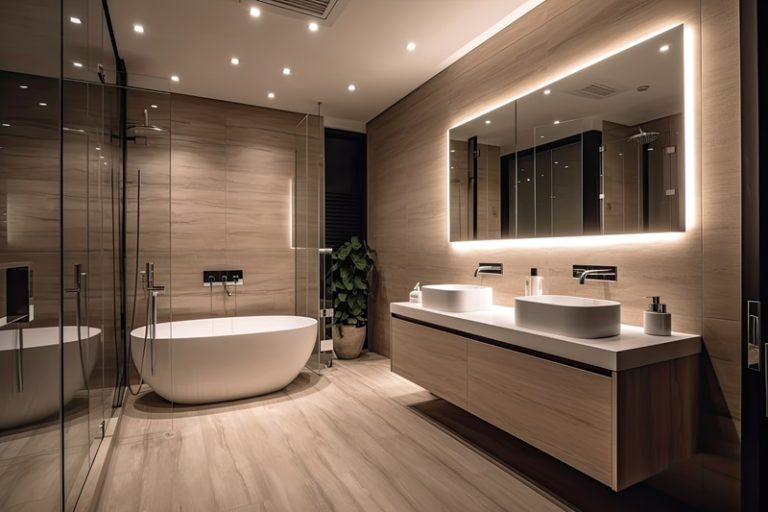Wollongong’s Guide to Effective Liquid Membrane Waterproofing for Roofs & Balconies
When it comes to protecting your home from water damage, few solutions are as effective as liquid membrane waterproofing. This advanced technique is particularly popular in areas like Wollongong, where the coastal climate can pose a significant challenge to building integrity. Whether you’re constructing a new roof or maintaining an existing balcony, understanding the nuances of liquid membrane waterproofing can ensure longevity and peace of mind.
Understanding the Basics of Waterproofing
Waterproofing is a crucial process in construction that involves creating a barrier to prevent water penetration. This is particularly important for roofs and balconies, which are constantly exposed to weather elements. In Wollongong, the combination of sea air and frequent rainfall makes robust waterproofing essential to prevent leaks, mold growth, and structural damage.
Advantages of Liquid Membrane Systems
The liquid membrane is one of the most versatile and effective waterproofing solutions available today. Unlike traditional sheet membranes, liquid membrane systems are applied as a fluid, allowing them to form a seamless and flexible barrier over surfaces. This adaptability ensures no gaps or seams, which are common weak points in other systems.
Key Benefits:
- Seamless Application: Liquid membranes provide a continuous, joint-free coating that easily adheres to irregular surfaces and hard-to-reach areas.
- Flexibility: They can expand and contract with the building materials, accommodating movement without cracking or peeling.
- Durability: Resistant to UV rays and temperature fluctuations, liquid membranes are built to withstand Wollongong’s varied weather conditions.
- Easy Maintenance: Once applied, these systems require minimal upkeep, making them a cost-effective solution over time.
Choosing the Right Liquid Membrane
With various products available on the market, selecting the right liquid membrane can be a daunting task. Here’s a simplified guide to help you make an informed decision:
- Acrylic-Based Membranes: Known for their UV resistance and flexibility, these are ideal for areas exposed to sunlight.
- Polyurethane Membranes: Offering excellent elasticity and durability, these are suitable for high-traffic areas such as balconies.
- Bituminous Membranes: Best for roofs, they provide a robust barrier against extreme weather conditions.
Step-by-Step Guide to Application
Applying a liquid membrane requires precision and care to ensure maximum effectiveness. Here’s a step-by-step approach tailored for Wollongong’s climate:
1. Surface Preparation
Start with a clean, dry surface. Remove any dust, debris, or previous coatings. Repair any cracks or holes to ensure a smooth application surface.
2. Priming
Apply a suitable primer to enhance adhesion. This step is crucial for ensuring the liquid membrane bonds effectively with the substrate.
3. Application
Using a roller, brush, or spray, apply the liquid membrane evenly across the surface. Pay special attention to edges, corners, and joints.
4. Curing
Allow the membrane to cure as per the manufacturer’s instructions. This stage is essential for the membrane to form a robust protective layer.
5. Inspection
Once cured, inspect the membrane for any missed spots or imperfections. Address these immediately to ensure full waterproofing coverage.
Maintenance Tips for Longevity
While liquid membranes are low-maintenance, periodic checks can enhance their lifespan:
- Regular Inspections: Check for signs of wear and tear, especially after severe weather conditions.
- Cleaning: Keep the surface clear of dirt and debris that could compromise the membrane’s integrity.
- Prompt Repairs: Address any damage immediately to prevent minor issues from escalating.
Conclusion
Liquid membrane waterproofing is an invaluable asset for homeowners in Wollongong, providing a reliable shield against water intrusion. By understanding the application process and choosing the right materials, you can protect your property and enhance its durability. Whether you are working on a new project or upgrading an existing structure, this guide offers the insights needed to make informed decisions and ensure the longevity of your roofs and balconies.


